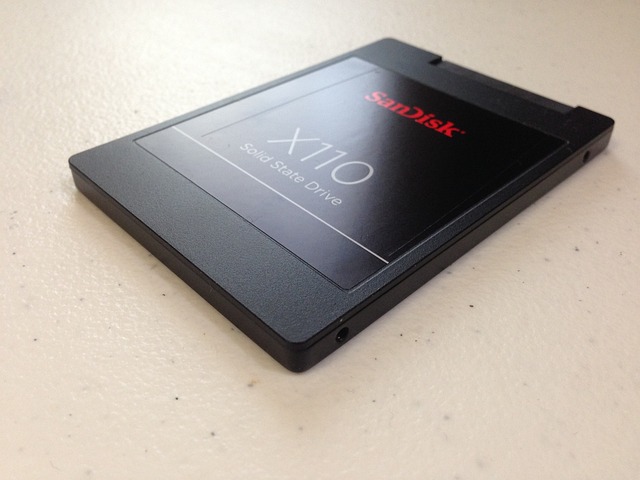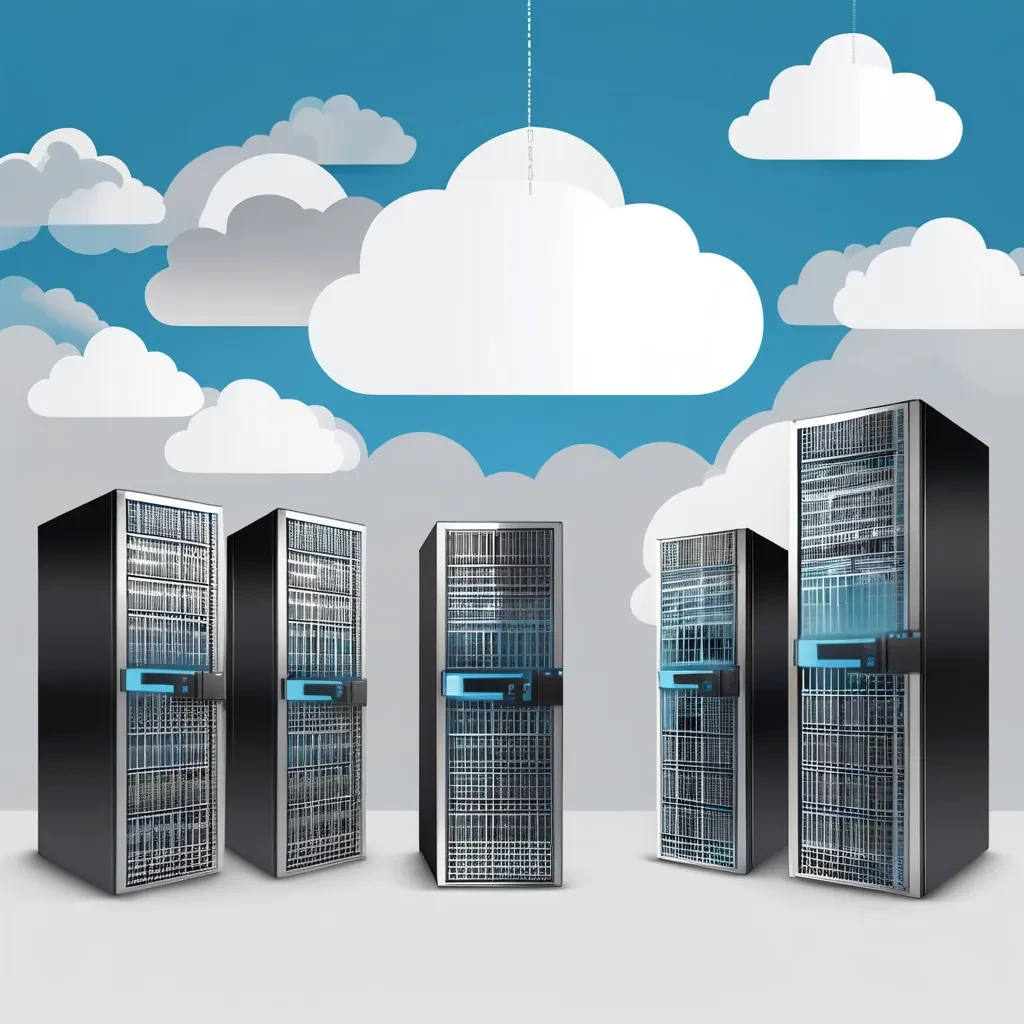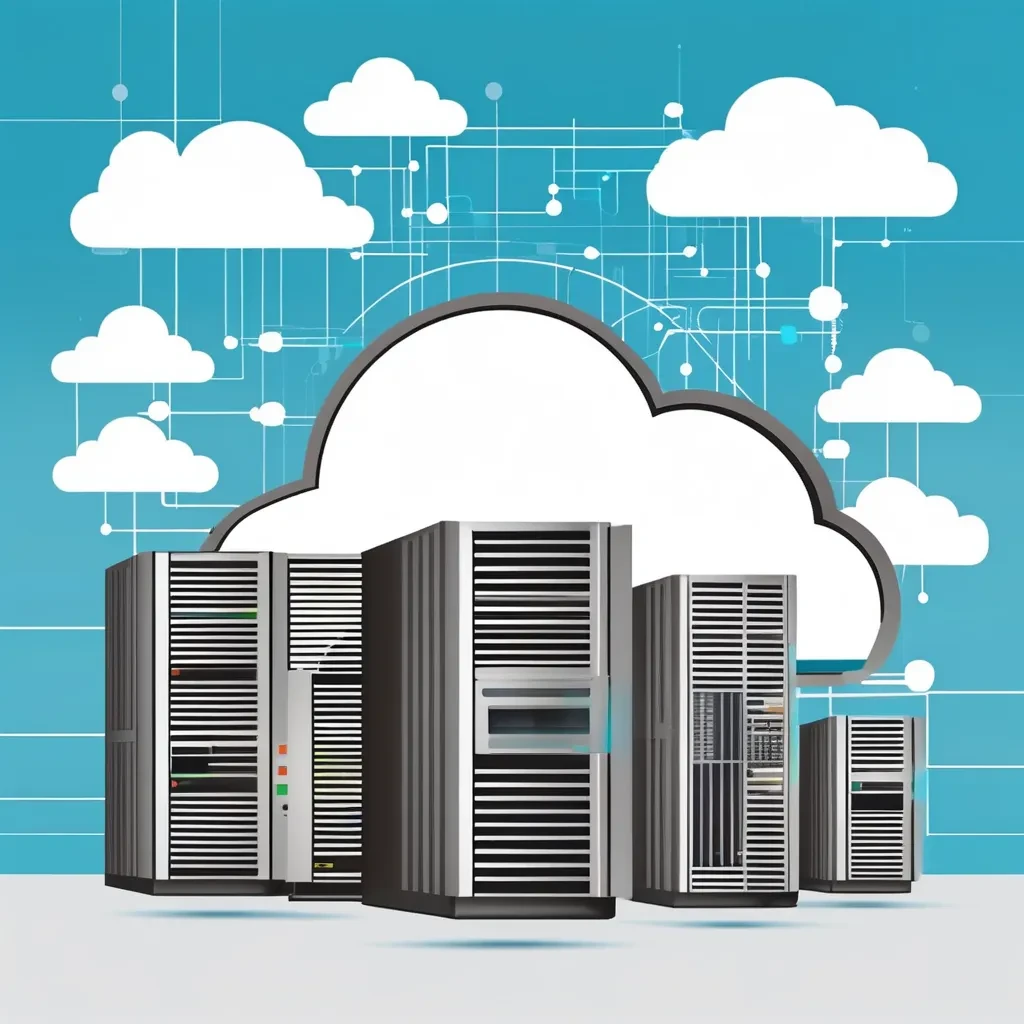In an era where businesses are constantly seeking cost-effective solutions to streamline their operations, the concept of flat rate software is gaining significant traction. This innovative pricing model is reshaping the software industry by offering simplicity, predictability, and affordability to users across various sectors. Let’s delve deeper into the phenomenon of flat rate software and how it is revolutionizing the way businesses access and utilize essential software tools.
Understanding Flat Rate Software
Flat rate software presents a departure from the traditional pricing models based on per-user or per-feature charges. Instead, it offers a straightforward, fixed pricing structure that allows organizations to access a comprehensive suite of software tools without the complexity of fluctuating costs. This transparent pricing approach empowers businesses to budget effectively, eliminate surprises in billing, and make informed decisions regarding software investments.
Benefits of Flat Rate Software
- Cost Efficiency: By opting for flat rate software, businesses can enjoy cost predictability and avoid unexpected expenses associated with traditional pricing models.
- Simplicity: The simplicity of flat rate pricing simplifies the procurement process, making it easier for businesses to acquire and deploy essential software solutions swiftly.
- Scalability: Flat rate software often offers scalable solutions that can accommodate the evolving needs of businesses, enabling seamless expansion without additional financial burdens.
- Enhanced Productivity: With access to a comprehensive suite of software tools at a fixed rate, organizations can boost efficiency, collaboration, and overall productivity within their operations.
Real-world Applications
Flat rate software finds application across a wide range of industries and business functions, including:
- Small Businesses: Startups and small businesses benefit from affordable software solutions that cater to their specific needs without exorbitant costs.
- Enterprise Level: Large corporations leverage flat rate software to streamline their operations, enhance collaboration, and drive innovation without budgetary constraints.
- SaaS Providers: Software as a Service (SaaS) providers adopt flat rate pricing to attract and retain customers by offering transparent and value-driven subscription models.
Embracing the Future of Software Pricing
As the demand for simplicity, transparency, and affordability in software solutions continues to rise, the adoption of flat rate software is expected to proliferate. Businesses that embrace this innovative pricing model stand to gain a competitive edge by optimizing their software investments and focusing on driving growth.
In conclusion, flat rate software represents a paradigm shift in the software industry, offering businesses a viable alternative to traditional pricing models. By prioritizing cost efficiency, simplicity, and scalability, flat rate software empowers organizations to leverage essential tools effectively, paving the way for enhanced productivity and sustained success in today’s dynamic market landscape. Experience the future of software pricing with flat rate solutions and unlock your business’s full potential.
Make the smart choice with flat rate software – where simplicity meets value!
Time to transform your software experience. Embrace flat rate software today!
What are the key benefits of flat rate software?
Certainly! The key benefits of flat rate software include:
- Cost Predictability: Flat rate software offers a fixed pricing structure, providing businesses with cost predictability and eliminating the surprise of unexpected expenses associated with traditional pricing models.
- Simplicity: The simplicity of flat rate pricing streamlines the procurement process, making it easier for businesses to acquire and deploy essential software solutions swiftly without navigating complex pricing tiers.
- Scalability: Many flat rate software solutions are designed to be scalable, allowing businesses to expand their usage as their needs grow, without incurring additional costs typically associated with per-user or per-feature models.
- Enhanced Productivity: Access to a comprehensive suite of software tools at a fixed rate enables organizations to boost efficiency, collaboration, and overall productivity within their operations, without worrying about incremental costs for additional features or users.
- Budgeting and Planning: Flat rate software empowers businesses to budget effectively, allowing them to make informed decisions regarding software investments without the uncertainty of fluctuating costs.
By embracing flat rate software, businesses can enjoy these benefits while optimizing their software investments and focusing on driving growth.
Can you provide examples of flat rate software pricing?
Certainly! Here are some examples of flat rate software pricing models across different industries:
- Canva Pro:
- Canva Pro offers a flat rate pricing model for its graphic design software, providing users with access to premium features such as unlimited storage, brand kit creation, and advanced collaboration tools at a fixed monthly or annual fee.
- HubSpot:
- HubSpot offers flat rate pricing for its customer relationship management (CRM) and marketing automation software, allowing businesses to access a comprehensive suite of tools for lead generation, email marketing, and sales automation at a predictable price point.
- Zoom Video Conferencing:
- Zoom Video Conferencing provides flat rate pricing for its video communication platform, enabling users to host unlimited meetings with features like HD video conferencing, webinar capabilities, and cloud recording for a fixed monthly fee.
- FreshBooks:
- FreshBooks offers flat rate pricing for its online accounting software, catering to freelancers and small businesses with features like invoicing, expense tracking, and financial reporting at a transparent subscription cost.
- Slack:
- Slack offers flat rate pricing for its collaboration platform, allowing teams to communicate effectively through channels, messaging, and integrations with third-party apps for a fixed price per user per month.
These examples showcase how flat rate software pricing models cater to various needs across industries, providing simplicity, predictability, and affordability to users seeking comprehensive software solutions.



